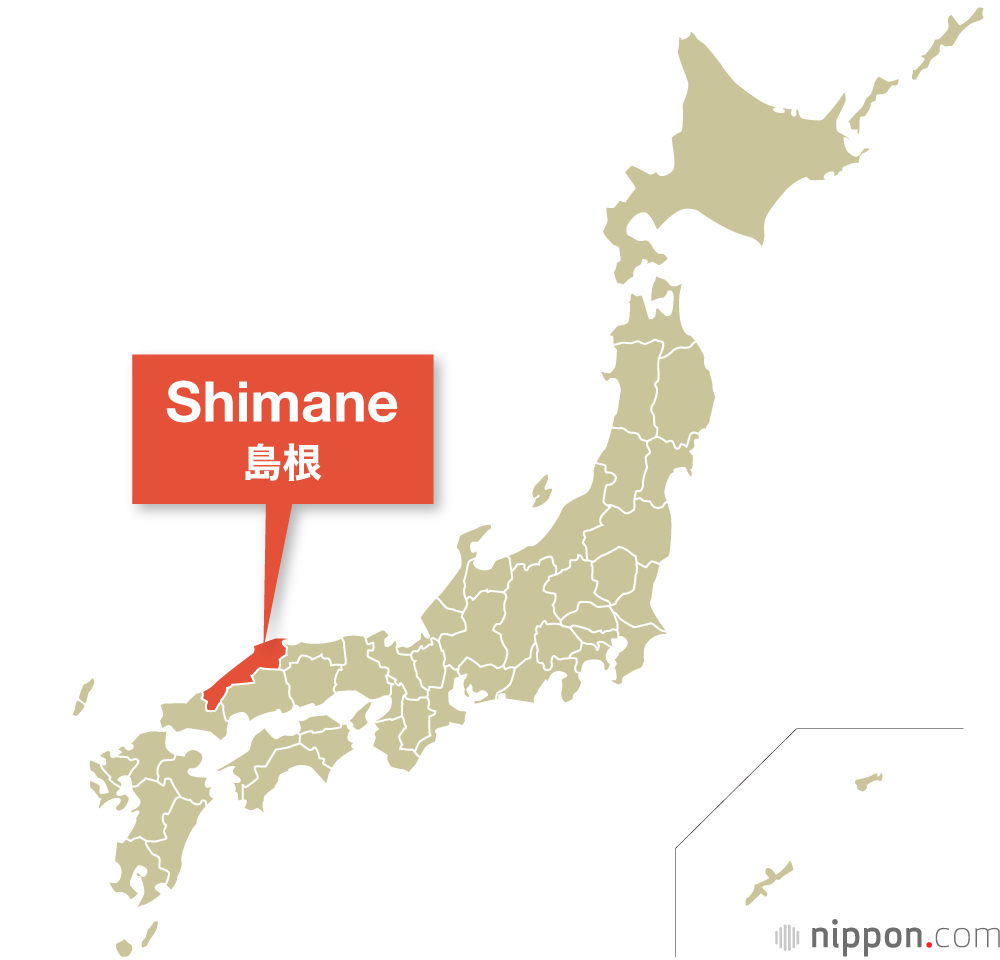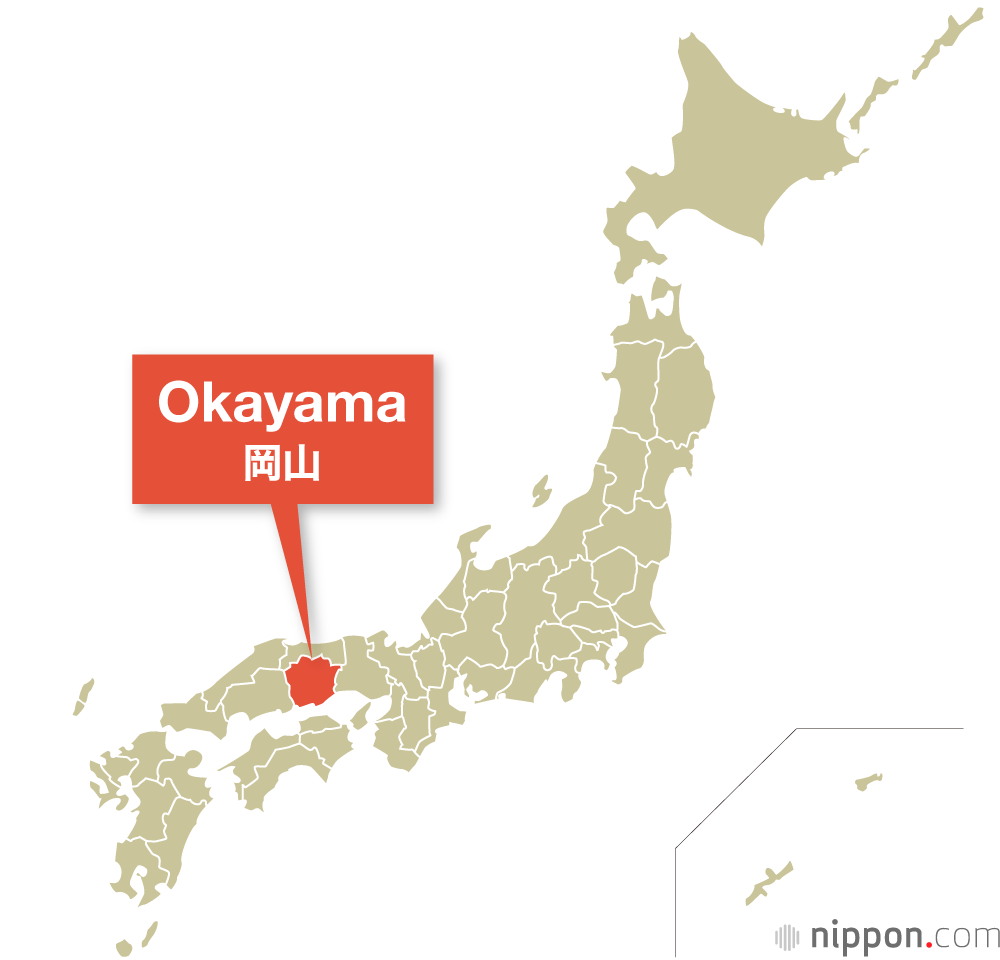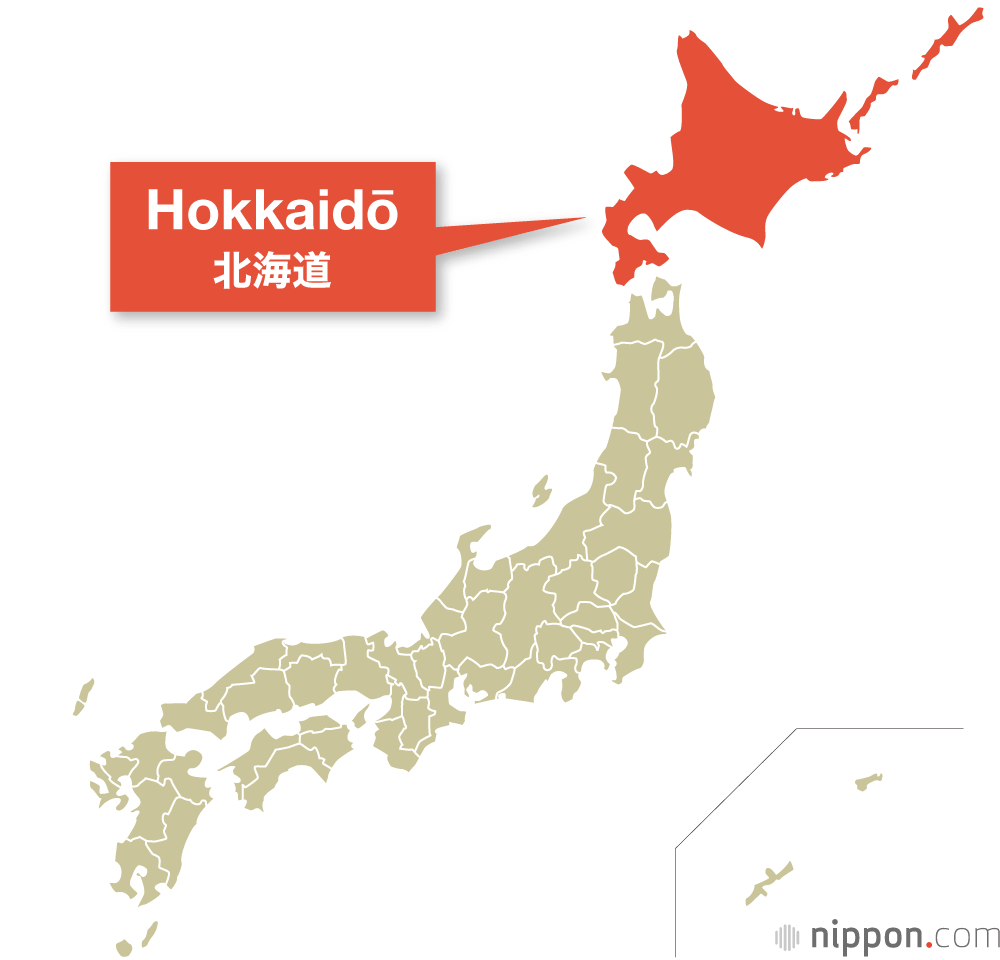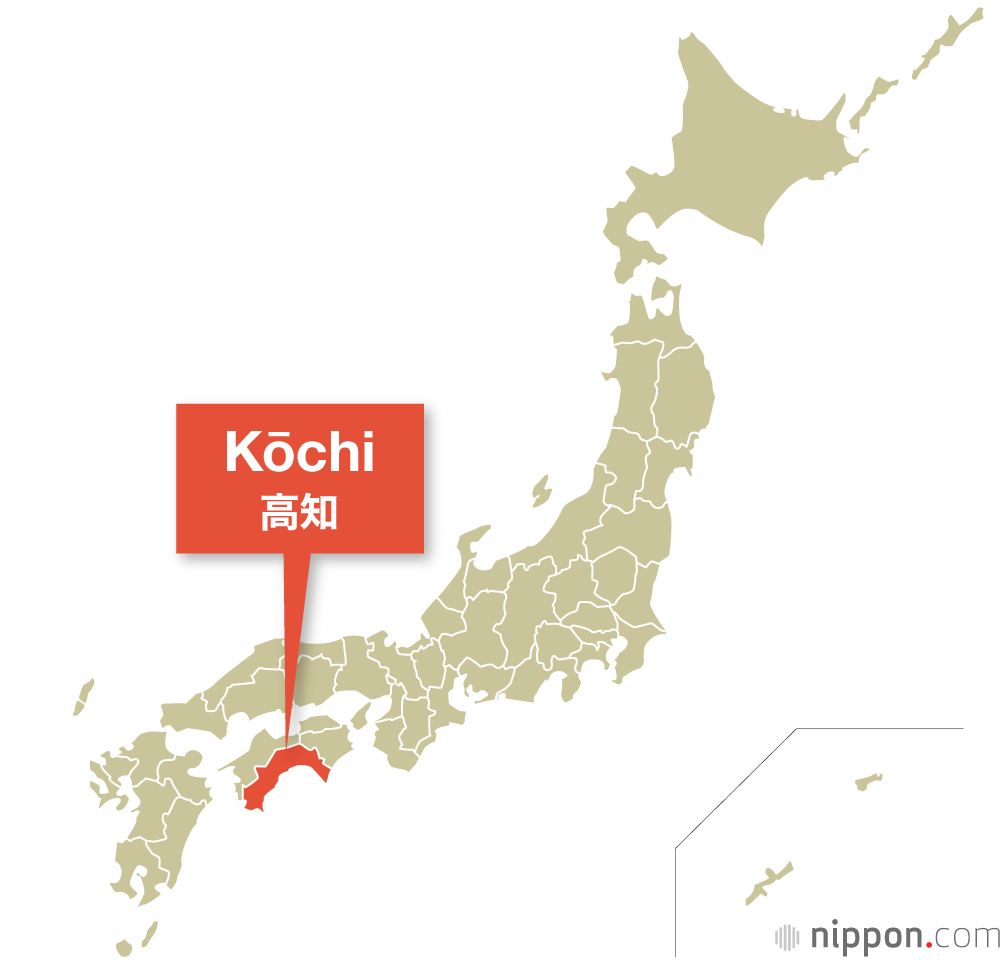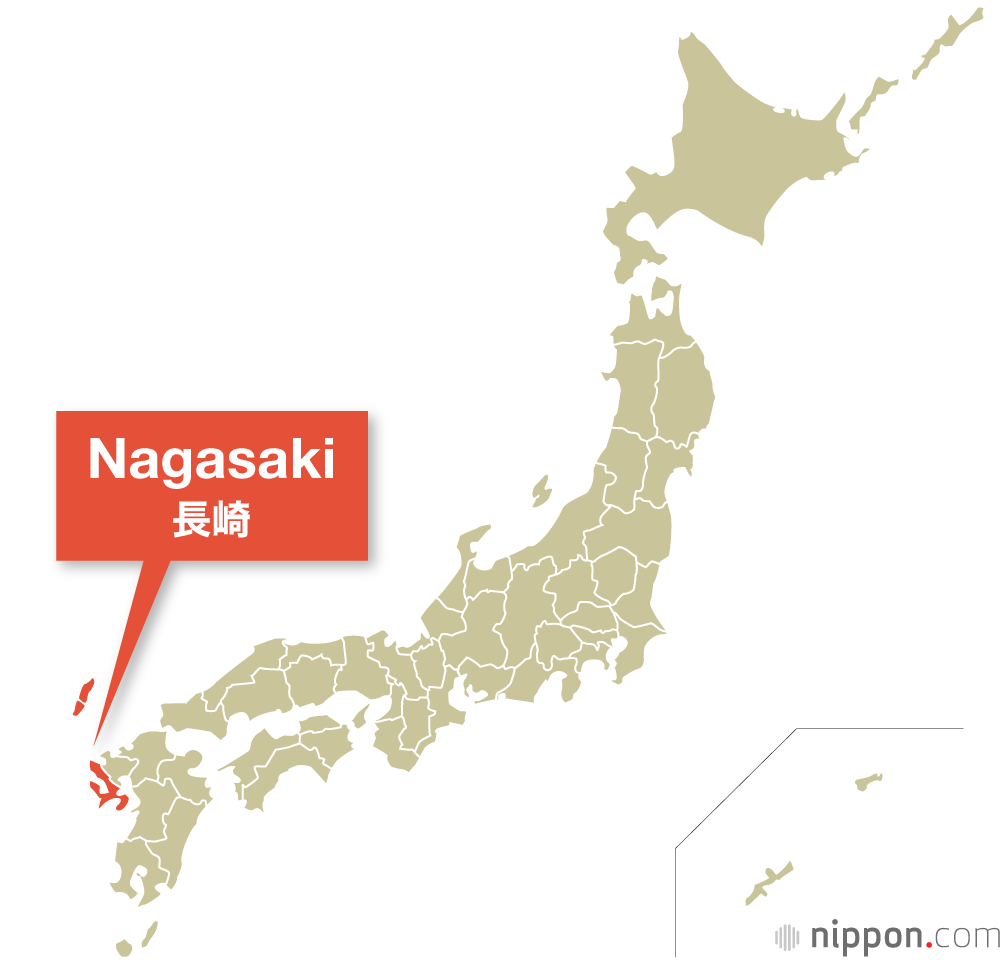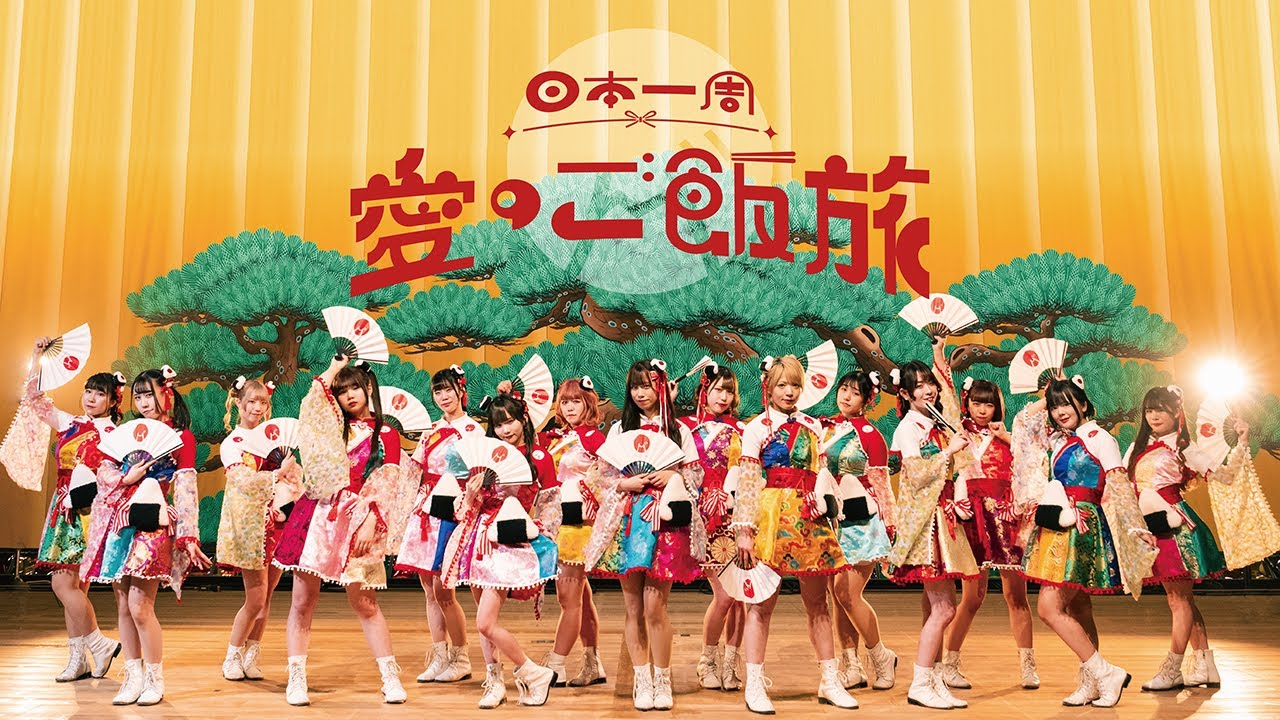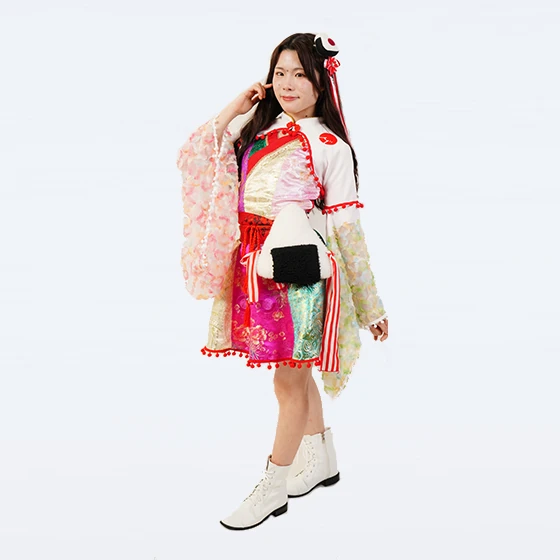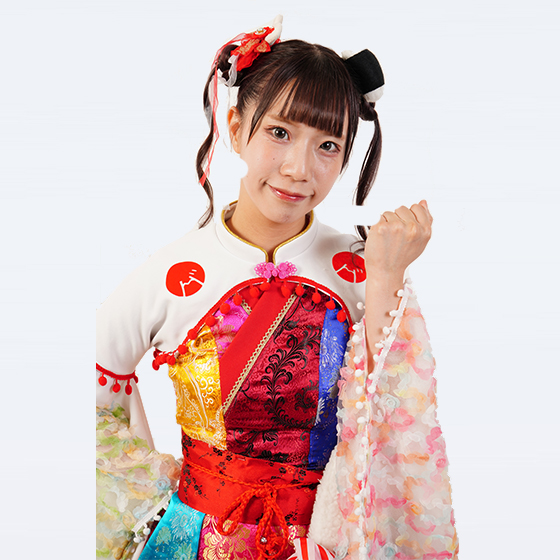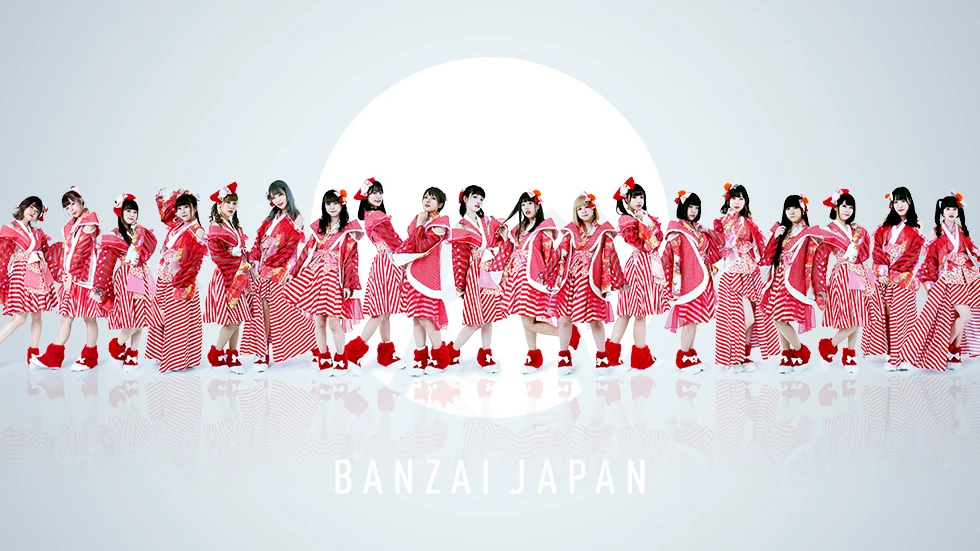
The Prefectures of Japan Wakayama Prefecture
Wakayama Prefecture Banzai Japan Idol Group Visit there Website Wakayama Prefecture, on the Pacific coast south of Japan’s ancient capitals of Nara and Kyoto, has attracted pilgrims for centuries. Its Mount Kōya temple complex is one of Japan’s most sacred sites. Located in the Kii Peninsula in Kansai, Wakayama Prefecture is mostly covered by mountains, apart from a small plain around the capital Wakayama. The cape Shionomisaki is the southernmost point in the island of Honshū, looking out over the Pacific Ocean. To the west is the Kii Channel, linking the Pacific to the Seto Inland Sea. At 133 meters, Nachi Waterfall is Japan’s highest waterfall with a single, uninterrupted drop. Wakayama Prefecture at a Glance Established in 1871 (formerly Kii province) Capital: Wakayama Population: 923,000 (as of Oct. 2020) Area: 4,725 km2 The area that is now Wakayama Prefecture has attracted pilgrims for centuries. Mount Kōya in the northeast is a center for Buddhism, where Kūkai, one of the early proselytizers of the religion, established the Shingon sect in the ninth century. Many temples offer overnight stays to visitors. Meanwhile, Kumano in the southeast is known for its three major Shintō shrines connected by walking trails. A major fruit producer due to its warm climate, Wakayama is Japan’s top prefecture for growing mandarins, ume apricots, and persimmons. It is also number one for hassaku citrus fruits and sanshō or Japanese pepper. The mosquito coil was invented in the small city of Arida, which remains a leading manufacturer of the product today. Wakayama’s Kii-chan character is a Kishū dog—the name of the province where the prefecture stands today was Kii or Kishū. The mascot design incorporates a “W” for Wakayama. Famous Figures Minakata Kumagusu (1867–1941): A polymath who made contributions in the fields of biology, folklore studies, and environmentalism. Matsushita Kōnosuke (1894–1989): The founder of Matsushita Electric Industrial Company, which became a household name across the world as Panasonic. Maehata Hideko (1914–95): The first Japanese woman to win an Olympic gold medal, which came in the 200-meter breaststroke at Berlin in 1936. https://www.youtube.com/watch?v=-rjtcFddLxQ


